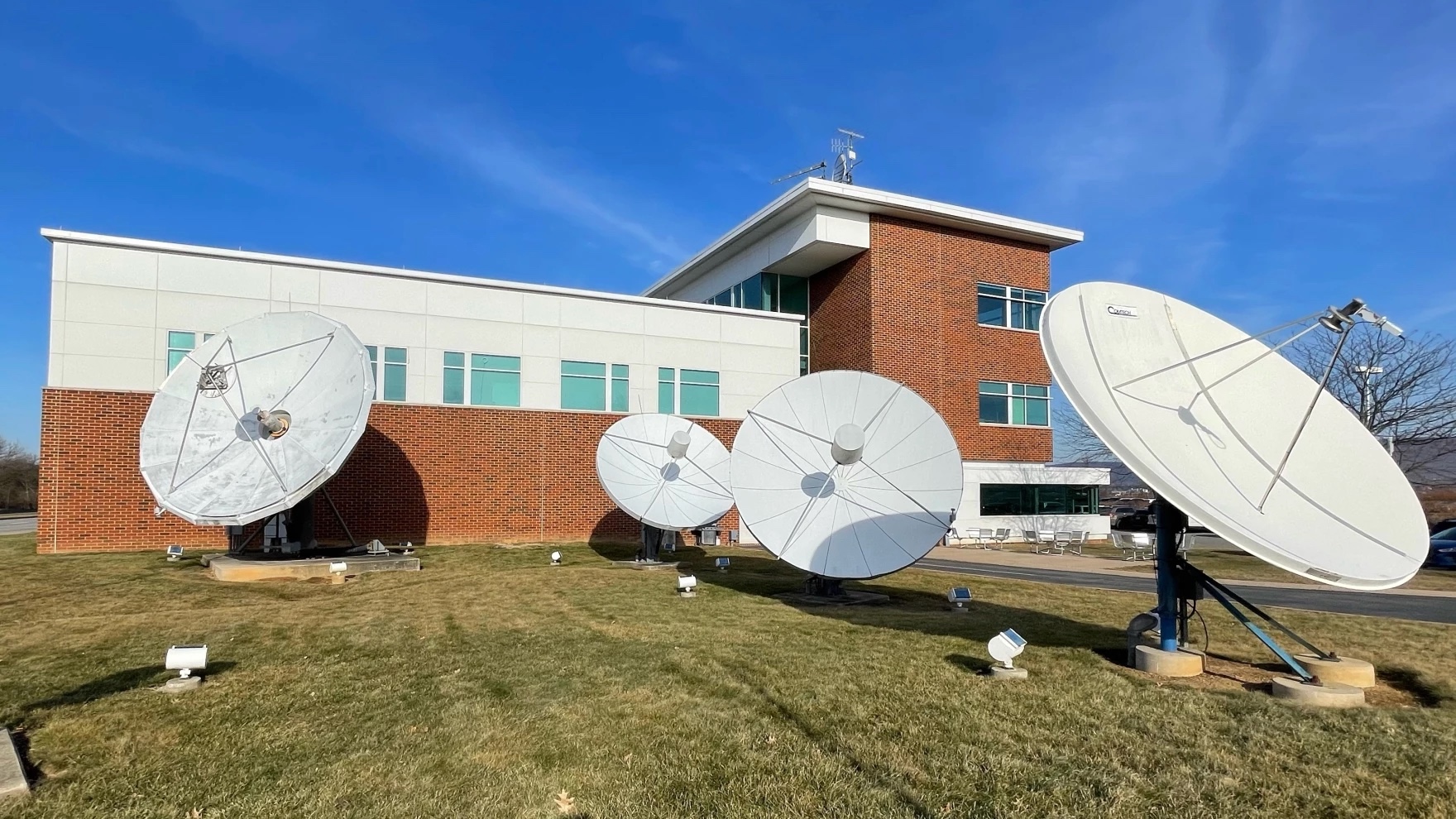CPB analysis finds smaller stations lagging in revenue growth
LONG BEACH, Calif. — Smaller public radio and TV stations continue to struggle financially compared with larger organizations, according to CPB’s latest “state of the system” analysis.
Attendees at the Public Media Business Association conference Thursday heard both good and bad news from CPB about trends in system revenues from fiscal year 2013–17.
On the positive side, the overall trend is growth. Radio revenues are up 18 percent to $1.03 billion, according to Moustapha Abdul, CPB’s director of station analysis. TV revenues grew 10 percent to $1.27 billion.
But a closer look reveals that revenues actually dipped 4 percent among 194 radio grantees with annual budgets of less than $1 million and 5 percent among 75 TV grantees with budgets under $5 million.
Among sources of funding for radio, state and local support to large stations grew 20 percent; midsize stations saw an 18 percent hike. But that outlay to smaller stations fell 18 percent. Income from individual and major donors grew 34 percent at large stations and 13 percent at midsize organizations. Smaller stations saw a 1 percent dip, though.
CPB representatives said they’re tracking the revenue decline among smaller radio grantees with concern. Erika Pulley-Hayes, radio VP, said that while audiences and revenues have grown at larger stations, “we have smaller stations having a hard time keeping up the pace. They’re struggling to find the capacity to do the things necessary to remain relevant in the emerging media space,” such as digital innovation.
“We have to put our heads together and figure out how they can remain sustainable,” Pulley-Hayes said. “In the long term, it’s troubling.”
Income by TV grantee size shows similar challenges for smaller organizations. Revenue was up 17 percent for large grantees and 3 percent for midsize stations but down 3 percent at smaller stations.
CPB also looked at debt levels at TV grantees. A level above 50 percent is considered “dangerous,” Abdul said. Nine stations fell into that category in FY08. By FY17, 30 stations did: 10 larger grantees, seven medium-sized and 13 smaller.
Though that’s “not dramatically different from last year,” it still affects 20 percent of the system, said Ted Krichels, CPB senior VP for system development. “That’s something we need to keep in mind as a system moving forward,” he said.
The presentation analyzed data from 572 CPB grantees operating 1,521 stations. Of those, 408 are radio licensees and 164 are TV licensees. Seventy-eight joint licensees operate both radio and TV stations.






